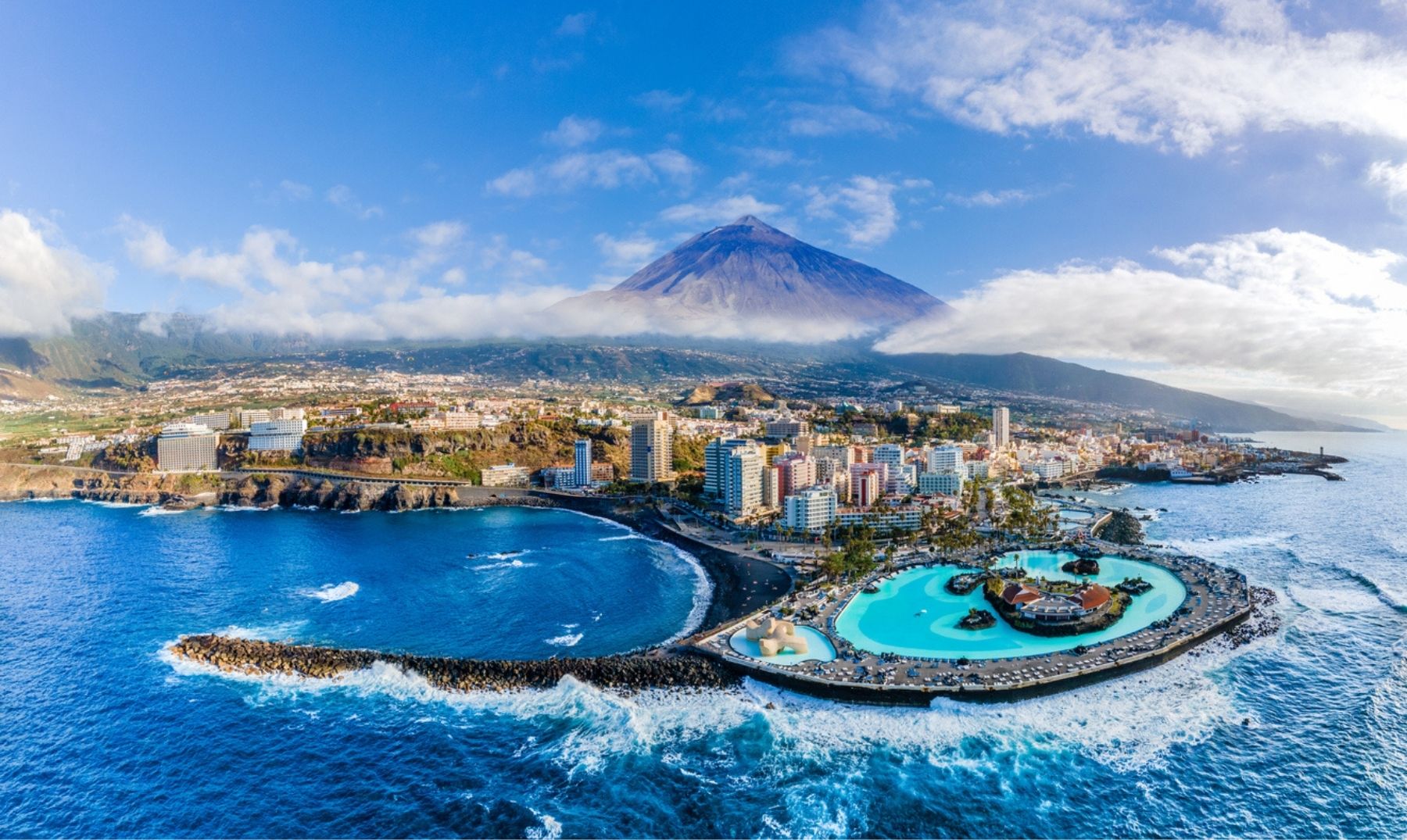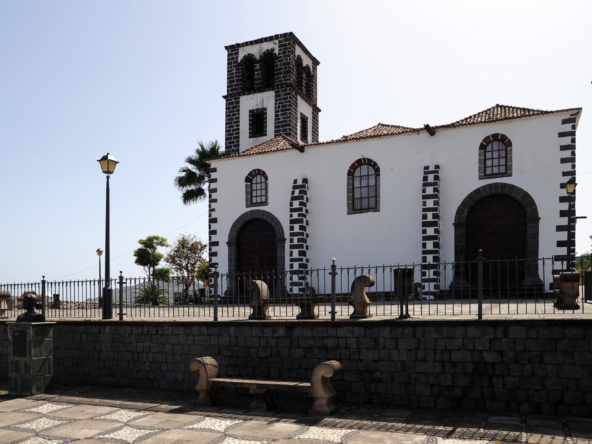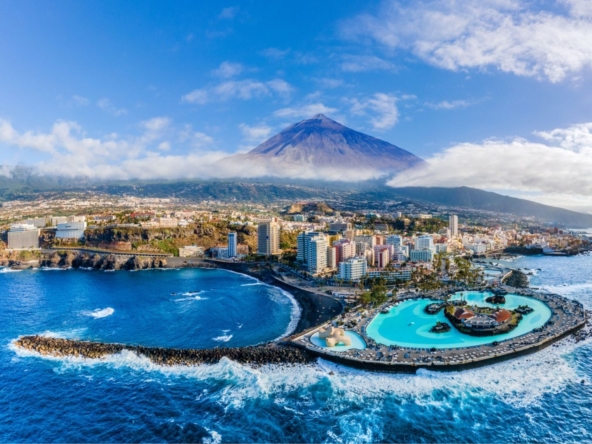Santa Cruz of Tenerife, capital of the island of Tenerife and one of the capitals of the Canary Islands along with Las Palmas de Gran Canaria, It is a city with a rich and fascinating history. Its evolution from a small settlement into a vibrant, cosmopolitan city is a testament to the historical and cultural events that have shaped its identity.. This article explores the history of Santa Cruz de Tenerife, highlighting the key events and influences that have defined its development over the centuries.
Origins and Foundation
The history of Santa Cruz de Tenerife begins long before the arrival of the Spanish conquistadors at the end of the 15th century. The island of Tenerife was inhabited by the Guanches, the indigenous people of the Canary Islands. The Guanches lived in different menceyatos or kingdoms, and the area that Santa Cruz occupies today was within the Anaga menceyato.
The conquest of Tenerife by the Castilians in 1494 marked the beginning of a new chapter in the island's history. Although the Guanche resistance was fierce, especially in the Battle of Acentejo, the island was finally subdued, and Spanish rule was established. Santa Cruz began to take shape as a strategic port for trade routes between Europe, Africa and America.
Growth and development
Throughout the 16th and 17th centuries, Santa Cruz de Tenerife grew in importance due to its strategic position in the Atlantic. The port of Santa Cruz became a vital stopping point for Spanish fleets loaded with treasure from the New World.. This prosperity attracted pirates and privateers, which led to the fortification of the city.
One of the most significant events in the history of Santa Cruz occurred in 1797, when the city successfully repelled the attack of British admiral Horatio Nelson, who lost his right arm during the failed invasion attempt. This triumph is a point of pride in local history and is celebrated every year.
19th century onwards
In the XIX century, Santa Cruz de Tenerife experienced significant transformations. It was declared the capital of the province of the Canary Islands in 1833, although this status has been shared with Las Palmas since 1927. The city also saw improvements in its infrastructure, including port expansion and construction of iconic buildings.
The 20th century brought with it challenges and opportunities. The city modernized and expanded, despite the obstacles presented by the Spanish Civil War and its aftermath. In the last decades, Santa Cruz de Tenerife has emerged as a cultural center, tourist and economic, hosting international events such as the famous Carnival of Santa Cruz de Tenerife, one of the largest and most spectacular carnivals in the world.
Heritage and Culture
Hoy, Santa Cruz de Tenerife is a city that embraces its rich heritage while looking to the future. Visitors and locals can enjoy its vibrant cultural scene, museums, art galleries and historic architecture, like the Castle of San Cristóbal, the Auditorium of Tenerife, and García Sanabria Park. The city is also a testimony of the coexistence of traditions and modernity., offering an enviable quality of life along with a deep connection to its past.



